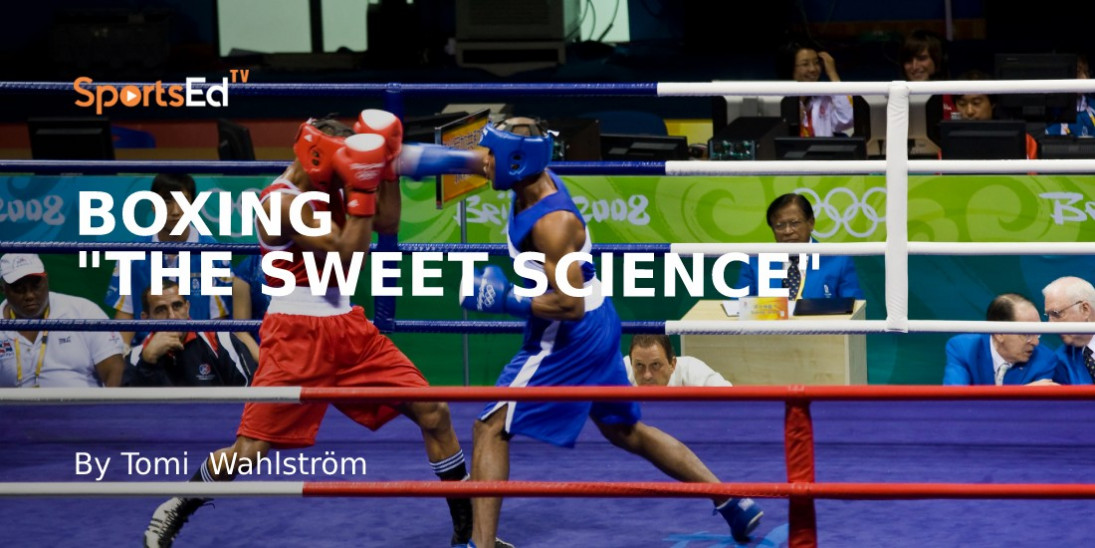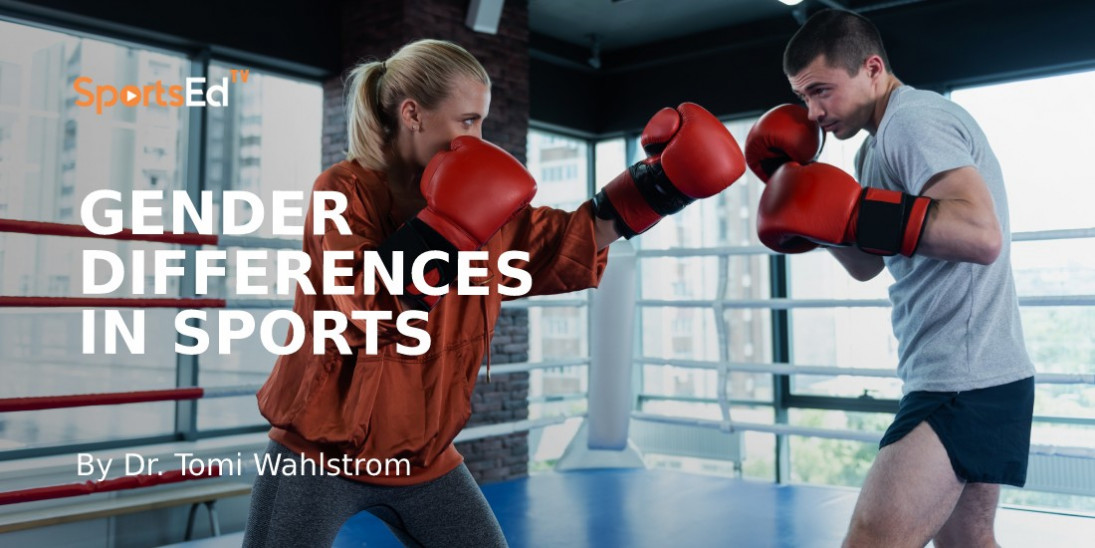Mental Health, Boxing
Welcome and thanks for visiting...

The Sweet Science

Boxing is called the sweet science for a good reason. There is a lot more to it than meets the eye.
It is not just about violence. It is technically not a combat sport although often classified as such. It is much more than just fighting. Some feel that boxing is physically the most demanding sport.
Anyone who trains to be a boxer knows why this is the case. It takes years and years of practice to perfect every punch and every technique. It also takes an endless amount of conditioning to build the endurance needed. Boxing is scientific in many ways.
First, the exercise science aspect of it is very noteworthy. Second, the psychological aspects are quite scientific. Third, the technical aspects of boxing are very complex and seen as a science.
At the same time, there is also an artistic element to boxing. Even the most technically flawless and physically conditioned boxer needs to have style. After all, boxing is entertainment.
Why is boxing called the sweet science? Perhaps because it takes years if not decades to excel in every movement. Boxing is not just about hitting. Boxers use kinetic linking to punch hard. This is, they do not just punch with their arms. They punch with their full bodies using:
- The ground reaction force from the leg to push off.
- Rotational force from the trunk.
- Velocity of the arm strike.
A boxer's force is generated with the legs through the arms and trunk are delivery vehicles. Inexperienced boxers use significantly less leg activation compared to boxers with experience. Novices in a study are shown to have an l6.5% contribution to their power by using their legs, intermediate’s power is related to their legs’ contribution at a 32.2% rate while experienced boxers show 38.6% contribution.
That same study compared knockout vs. other styles of boxing. It revealed knockout artists contribute 38.6% of their power from their legs while other styles measured at 32.6%
We can learn three scientific lessons from this. First, more stability is essential for being able to transfer force. The core musculature is postural muscles and not phasic muscles so they are trained differently. Second, boxers must learn and emphasize using their legs to generate power. This comes down to skill training. Third, boxers need to develop leg strength and power through axial and longitudinal leg and glute exercises.
There is more to the science than just kinetic linking. Boxing is very strategic. Fights involve punching and counterpunching, and adjusting to each other’s styles. They involve preserving energy and investing it wisely throughout the rounds.
As much as boxing may be perceived as hitting, it is also about avoiding being hit. Ducking, slipping, rolling, bobbing, weaving with head and leg movements are important. There is no true winning formula, as talent and training are the primary success factors. Learning the mechanics of jabs, hooks, uppercuts, and cross punches are must combinations. Emotion and fear management is equally important as there is a heavy psychological aspect to boxing.
Mechanics, psychology strategic planning, kinetic linkage, and other sciences contribute to boxing being called the sweet science.





